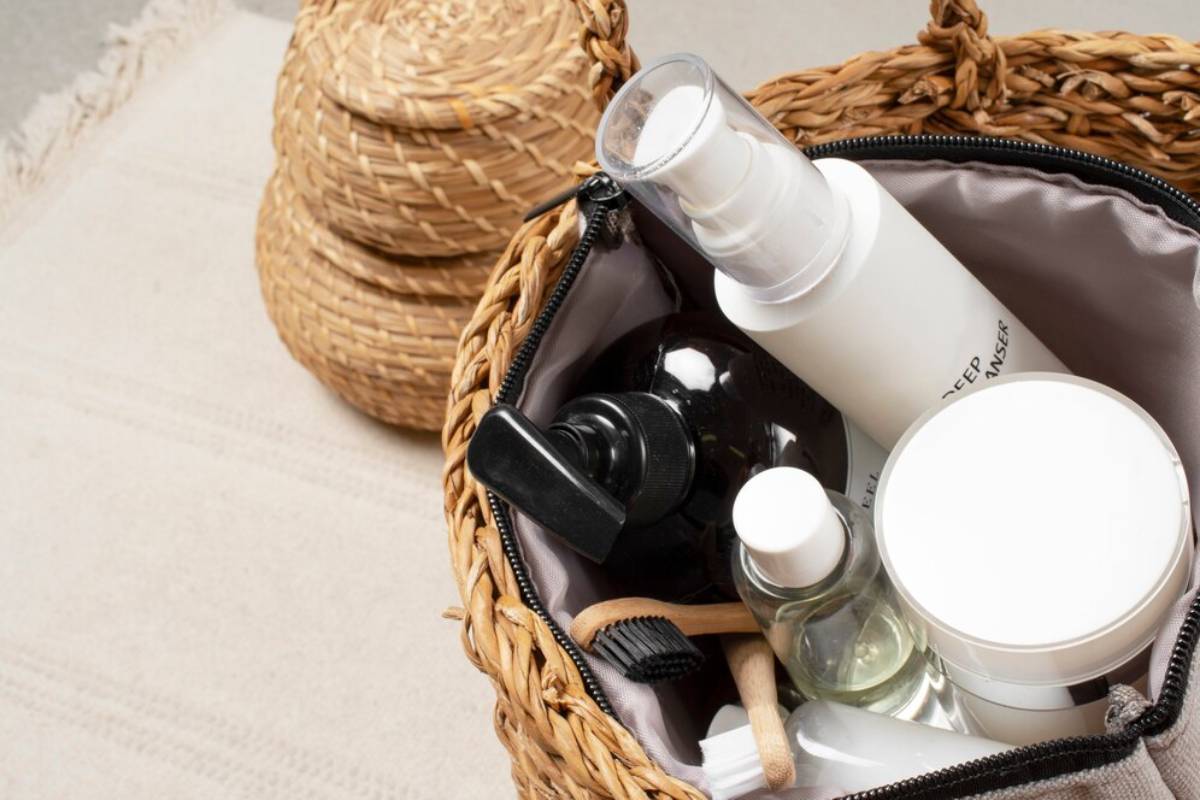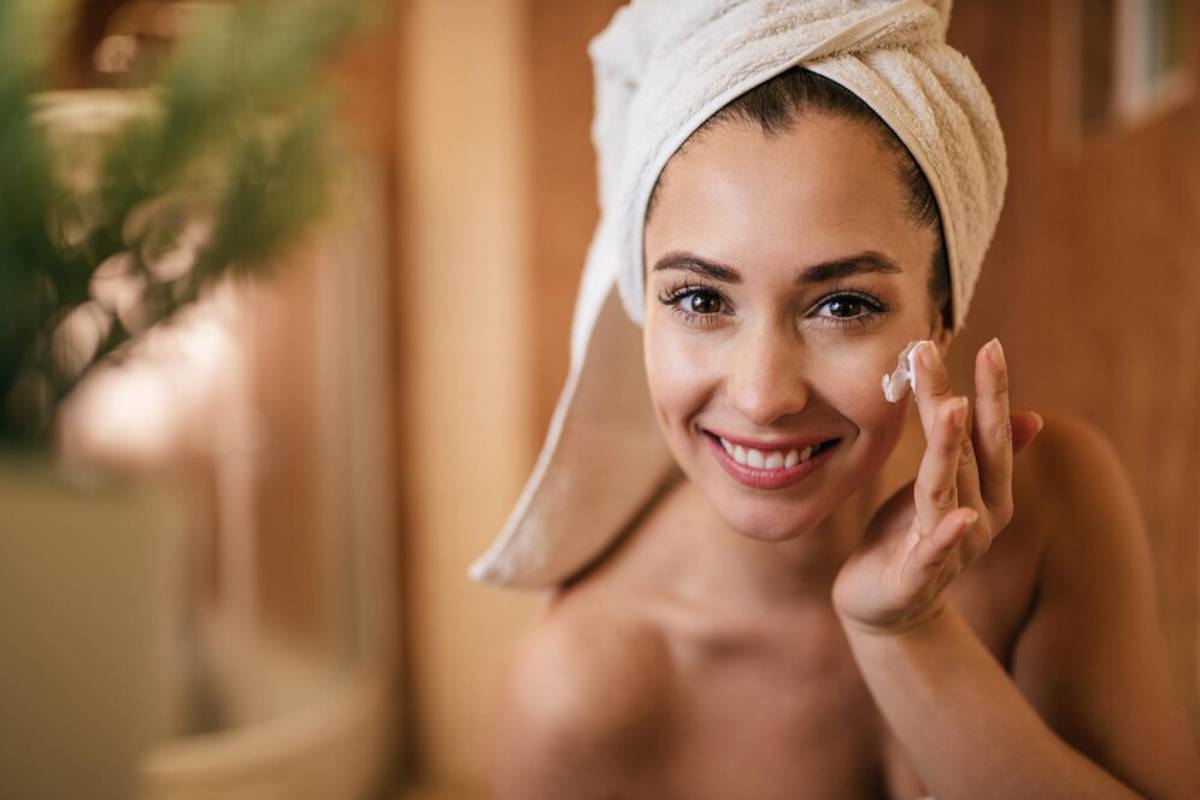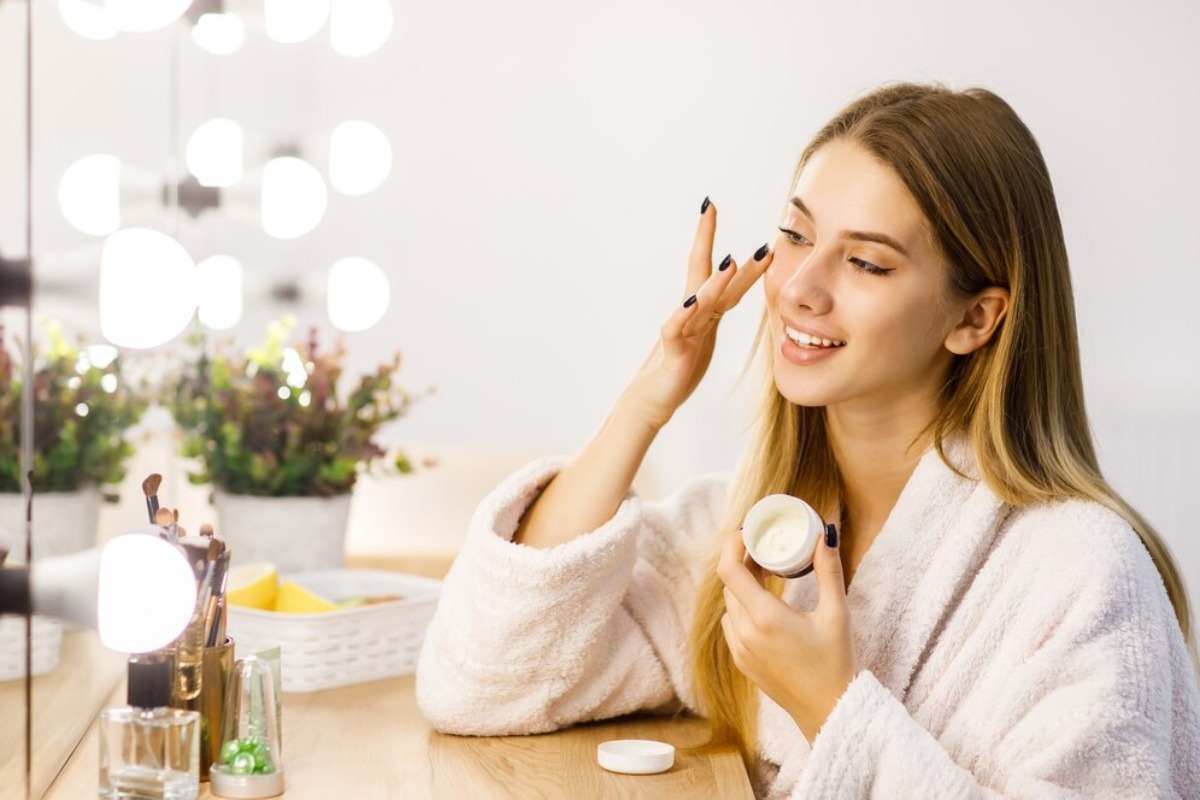
How to Build a Skincare Routine for Your Skin Type
Understanding and catering to your unique skin type is paramount in the quest for radiant, healthy skin. With many products and advice available, it can be overwhelming to discern what truly works for you. This is where a customised skincare routine becomes invaluable. You can enhance your skin’s health and appearance by tailoring your regimen to your skin’s specific needs. This guide will walk you through building a skincare routine that aligns perfectly with your skin type.
Key Benefits of a Customized Skincare Routine
Why It Matters
A customised skincare routine is not just a luxury; it’s a necessity for maintaining optimal skin health. Each skin type—be it oily, dry, combination, or sensitive—has distinct characteristics and requires specific care. By understanding these nuances, you can avoid common pitfalls, such as using the wrong products that may exacerbate issues like acne, dryness, or irritation.
Real-Life Applications
Consider Sarah, a 30-year-old woman with combination skin. She struggled with an oily T-zone and dry cheeks. After conducting a skin type analysis, she discovered that her current routine was too harsh for her dry areas, causing flakiness while not effectively controlling oil. By switching to a tailored regimen, she balanced her skin’s needs, resulting in a clearer, more radiant complexion.
Step-by-Step Guide to Building Your Skincare Routine
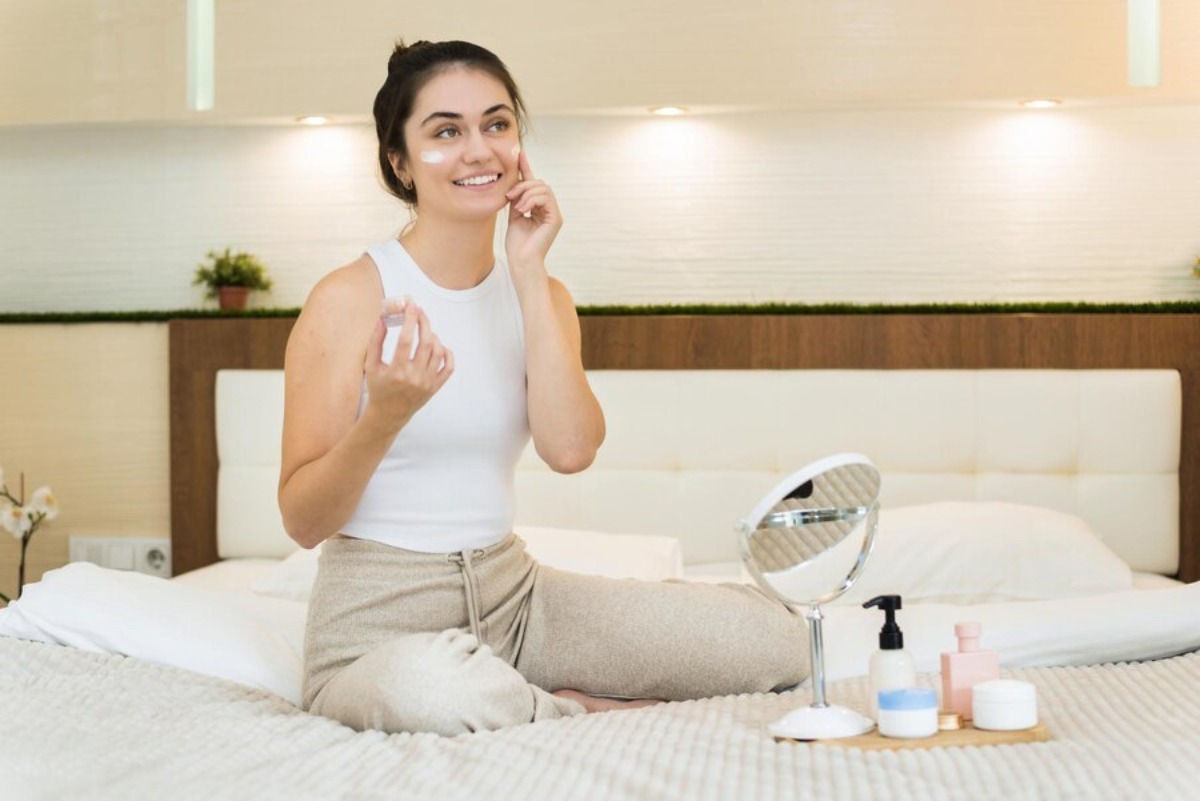
Step 1: Conduct a Skin Type Analysis
Understanding Your Skin Type
Before you can create a customised skincare routine, it’s essential to identify your skin type. The main categories include:
- Oily Skin: Characterised by excess sebum production, leading to shine and enlarged pores.
- Dry Skin: Often feels tight, with a rough texture and visible flakiness.
- Combination Skin: Features both oily and dry areas, typically an oily T-zone with dry cheeks.
- Sensitive Skin: Prone to redness, irritation, and reactions to certain products.
How to Analyse Your Skin Type
To determine your skin type, start with a simple test:
- Cleanse your face with a gentle cleanser and pat dry.
- Wait for an hour without applying any products.
- Examine your skin in the mirror and take note of its condition:
- Shiny all over? Likely oily.
- Tight and flaky? Probably dry.
- Shiny in some areas and dry in others? Combination.
- Redness and irritation? Sensitive.
Step 2: Choose the Right Products
Building Your Routine
Once you’ve identified your skin type, you can begin selecting products that cater to its specific needs. A basic skincare routine includes:
- Cleanser: Opt for a gentle, hydrating cleanser for dry skin, a foaming or gel cleanser for oily skin, and a balanced formula for combination skin.
- Toner: A hydrating toner for dry skin, a clarifying toner for oily skin, and a gentle, alcohol-free toner for sensitive skin.
- Moisturiser: Choose a rich, creamy moisturiser for dry skin, a lightweight, oil-free formula for oily skin, and a balanced product for combination skin.
- Sunscreen: Essential for all skin types, choose a broad-spectrum SPF 30 or higher.
Targeted Treatments
Consider adding targeted treatments to address specific concerns:
- Serums: Antioxidant serums for all skin types, hydrating serums for dry skin, and mattifying serums for oily skin.
- Exfoliants: Use gentle exfoliants like AHAs for dry skin and BHAs for oily skin.
- Masks: Hydrating masks for dry skin, clay masks for oily skin, and soothing masks for sensitive skin.
Step 3: Establish a Routine
Morning Routine
- Cleanse: Start with a gentle cleanse to remove overnight impurities.
- Tone: Apply toner to balance the skin’s pH.
- Treat: Use serums or treatments as needed.
- Moisturise: Lock in hydration with a suitable moisturiser.
- Protect: Finish with sunscreen to protect against UV damage.
Evening Routine
- Double Cleanse: Use an oil-based cleanser followed by a water-based one to remove makeup and impurities.
- Tone: Reapply toner to prepare the skin for treatment.
- Treat: Apply targeted treatments or serums.
- Moisturise: Use a richer moisturiser to support overnight repair.
Additional Expert Tips & Common Mistakes to Avoid
Best Practices Beyond the Basics
- Patch Test: Always patch-test new products to avoid adverse reactions.
- Consistency is Key: Stick to your routine for at least a month to see results.
- Listen to Your Skin: Adjust your routine based on your skin’s changing needs.
Common Mistakes and Misconceptions
- Over-exfoliating: Exfoliating too often can damage the skin barrier. Limit to 1-2 times a week.
- Skipping Sunscreen: Sunscreen is crucial year-round, even on cloudy days.
- Using Products Not Suited to Your Skin Type: This can lead to irritation or exacerbate existing issues.
Advanced Insights & Expert Recommendations
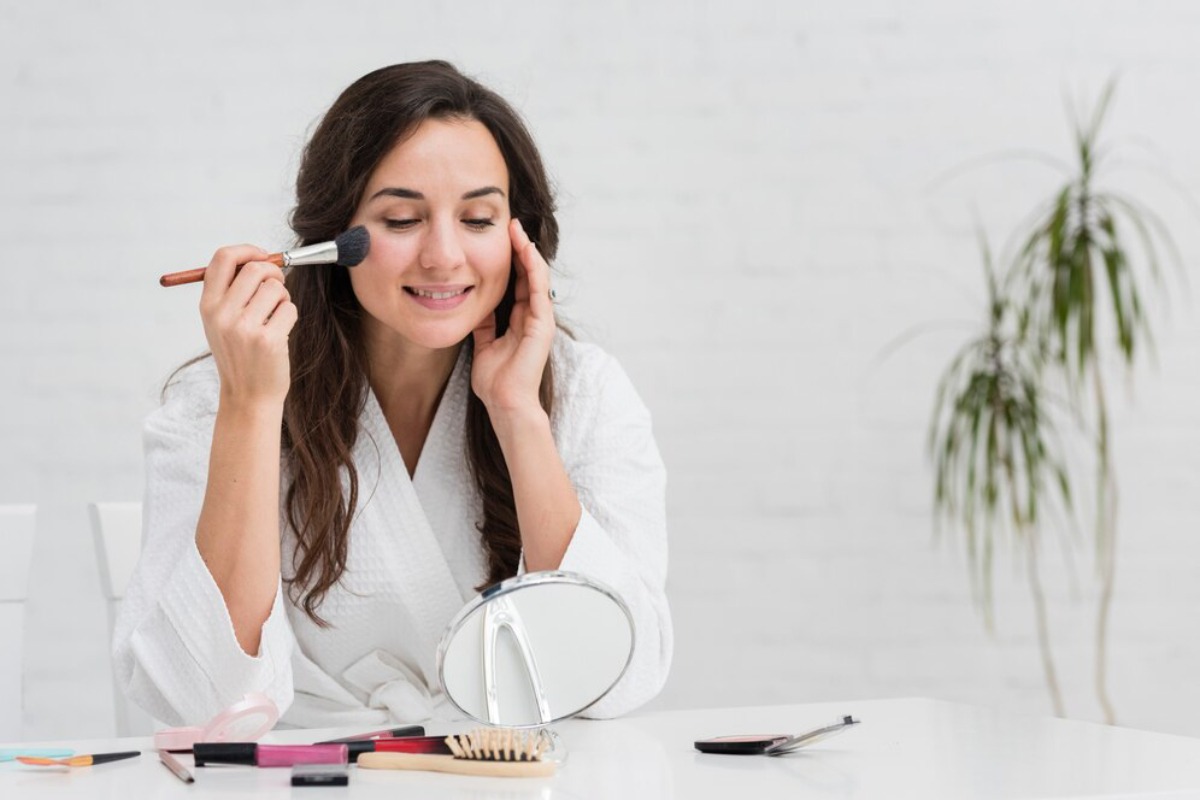
Industry Perspectives
Dermatologists will often recommend adding retinoids for anti-ageing and niacinamide to brighten and soothe inflammation. These ingredients can be good for all skin types, as long as they are used in the right way.
Lesser-Known Insights
- Nutrition & Hydration: Your diet can have a huge effect on your skin health. Add in omega-3 fatty acids and antioxidant-rich foods, and drink water.
- Stress Management: Stress can lead to skin problems such as acne and eczema. Include activities in your routine that can alleviate stress , like meditation or yoga.
Conclusion: Embrace a Personalized Approach for Radiant Skin
Building a skincare routine tailored to your skin type is an empowering step towards achieving healthy, glowing skin. By conducting a thorough skin type analysis and selecting products that cater to your specific needs, you can address concerns effectively and prevent future issues. Remember, consistency and attentiveness to your skin’s responses are key. As you embark on this journey, embrace the process and enjoy the transformation of your skin.
Ready to revolutionise your skincare routine? Start by analysing your skin type today and explore products that align with your unique needs. Share your journey and insights with others, and remember, your skin is a reflection of your overall health and well-being. What’s your skincare story?
